- Your cart is empty
- Continue Shopping
Methylone for sale online
Methylone, often called “Explosion” or “M1,” is a synthetic stimulant and empathogen that has garnered attention in recreational drug use and research. This chemical compound raises numerous questions and concerns with its complex effects on the human body and mind. In this comprehensive article, we embark on a journey to explore Methylone from every angle, deciphering its definition, history, pharmacology, effects, risks, legal status, and more.
Introduction
Methylone, scientifically known as 3,4-methylenedioxy-N-methylcathinone, belongs to the class of compounds known as substituted cathinones. It shares structural similarities with amphetamines and cathinone, and its effects on the central nervous system can be likened to a hybrid of these two classes of drugs.
Defining Methylone
- Chemical Composition: Methylcathinone is a synthetic compound with a molecular formula C11H13NO3. Its chemical structure is characterized by a phenethylamine backbone, similar to amphetamines, with a substituted methylenedioxy group and a methyl group attached to the nitrogen atom.
- Synonyms and Street Names: This compound is known by various names in the illicit drug market. Apart from Methylone, street names include “M1,” “Explosion,” “BK-MDMA,” and “Molly.”
- Classification: Methylone is a substituted cathinone, a class of synthetic stimulants chemically related to cathinone, a naturally occurring compound found in the khat plant.
History of Methylone
Understanding the history of Methylone sheds light on its origins, development, and initial uses.
Early Synthesis: Methylone was first synthesized by Alexander Shulgin in the 1990s. Shulgin was a renowned chemist and pharmacologist known for researching psychoactive compounds.
Research Chemical: Initially, methylcathinone was primarily used as a research chemical. Its effects on the central nervous system were of interest to scientists studying the structure-activity relationships of psychoactive substances.
Recreational Use: Over time, Methylone entered the recreational drug market. It gained popularity as a “legal high” and a substitute for MDMA (3,4-methylenedioxymethamphetamine), commonly known as ecstasy.
Pharmacology of Methylone
To comprehend the effects and risks of methylcathinone, it’s crucial to delve into its pharmacological properties.
Mechanism of Action: methylcathinone primarily affects the brain by altering the levels of certain neurotransmitters, particularly serotonin, dopamine, and norepinephrine. It acts as a releasing agent, promoting the release of these neurotransmitters into the synaptic cleft.
Similarities to MDMA: Methylone’s effects on serotonin release are akin to those of MDMA, which explains its empathogenic properties. When using Methylone, users often report increased empathy, emotional closeness, and connectedness.
Stimulant Properties: methylcathinone also shares similarities with amphetamines. It can lead to increased energy, alertness, and enhanced mood. This stimulant effect contributes to its recreational use.
Duration of Effects: The effects of methylcathinone typically last for several hours, with users experiencing a peak followed by a gradual comedown.
Effects of Methylone
Methylone’s effects on the mind and body can vary from person to person and depend on factors such as dosage, purity, and individual sensitivity.
Positive Effects:
- Euphoria: Users often report intense delight and emotional well-being when taking methylcathinone.
- Increased Sociability: Methylone can enhance sociability and empathy, making it popular in social settings.
- Enhanced Sensory Perception: Some users describe heightened sensory experiences, including increased sensitivity to touch and music.
- Stimulation: methylcathinone can provide a boost of energy and increased alertness.
Negative Effects:
- Anxiety: Some individuals may experience anxiety, restlessness, or paranoia while using Methylone.
- Insomnia: Stimulant effects can lead to difficulty sleeping, especially if taken late in the day.
- Increased Heart Rate and Blood Pressure: methylcathinone can cause a rapid heart rate and elevated blood pressure, which may pose risks to individuals with cardiovascular issues.
- Dehydration: Users may become dehydrated due to increased physical activity and sweating while under the influence of Methylone.
- Chewing and Jaw Clenching: Like MDMA, methylcathinone can cause bruxism, leading to jaw clenching and teeth grinding.
Concerns
methylcathinone use is not without its risks and safety concerns. Understanding these is crucial for harm reduction.
Addiction Potential: Methylone has the potential for psychological dependence, especially in individuals who use it regularly or in high doses.
Unknown Long-Term Effects: The long-term health effects of Methylone use are not well-studied, and there may be risks that still need to be fully understood.
Mixing with Other Substances: Combining Methylone with other substances, especially alcohol and other drugs, can increase the risk of adverse effects and overdose.
Legality of Methylone
Methylone’s legal status varies from country to country and can change over time as governments adapt to emerging synthetic drugs.
United States: In the United States, methylcathinone is classified as a Schedule I controlled substance, making its possession, sale, and distribution illegal.
European Union: In the European Union, Methylone is a controlled substance under the category of cathinone. Its sale and possession are prohibited in many EU countries.
Global Variances: Methylone’s legal status is subject to change, and individuals must be aware of the laws regarding this substance in their respective jurisdictions.
Additional Information
| Grams | 100 grams, 250 grams, 500 grams, 1000 grams |
|---|



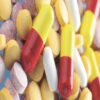
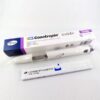

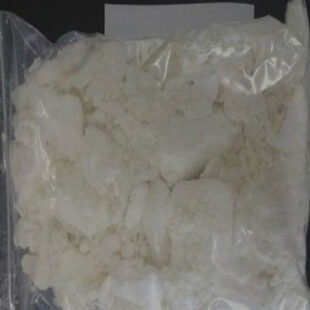
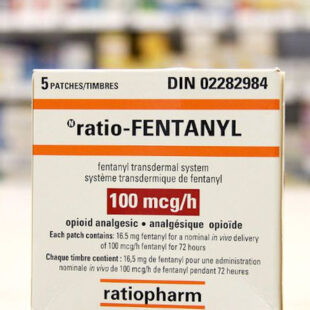
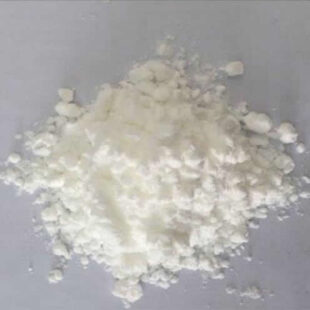
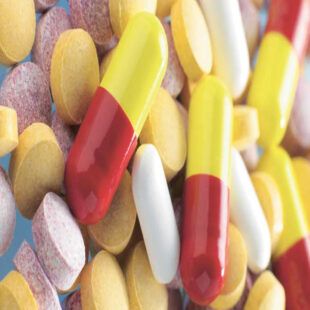
Reviews
There are no reviews yet.